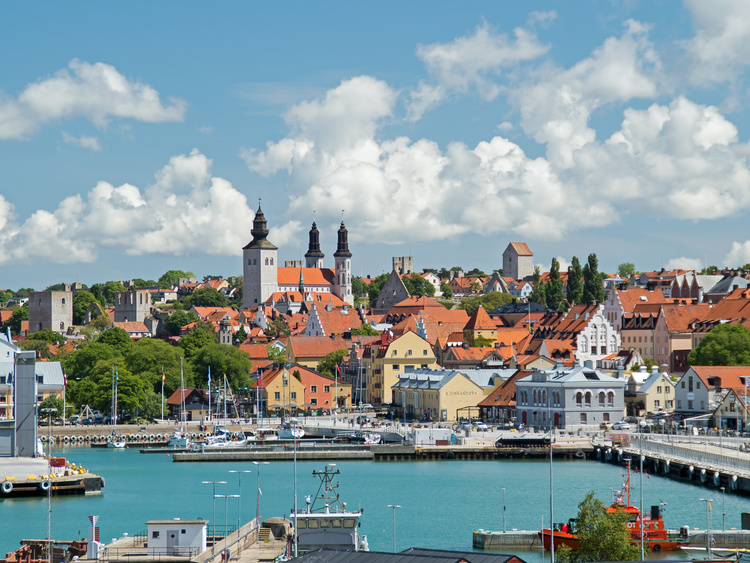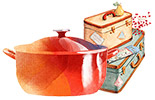If we talk about the Silk Roads, we could also talk about the Saffron Roads. Indeed, this precious and sought-after spice spread rapidly throughout the world. It was cultivated in many countries, but in others it was only through trade that people could obtain saffron.
Saffron has been widely used in northern European countries since the Middle Ages
Sweden, Denmark, Lithuania: from the Middle Ages onwards, saffron spread throughout northern Europe.
The traditional St. Lucia bunsare not the only Swedish recipes that use it. Saffron wafers are also made and are very popular (Indrek Hargla gave the recipe in his series "Apothecary Melchior"), a high-end pastry reserved for the bourgeoisie and religious dignitaries.

Gotland's "safranspankaka" has come down to us. It is a rice pudding with cream, saffron, almonds and cardamom. It was the Vikings who brought saffron to Gotland, along with other exotic goods.
Viking warrior and merchant routes
Yes, the Vikings were traders as well as pirates. Their saffron may have come from Morocco, as tribes with Viking genes have been found in the High and Middle Atlas. Like the Phoenicians in antiquity, their trade routes went very far, and they discovered America long before Columbus, but further north, in Canada.
They went to the Mediterranean via the Strait of Gibraltar, to Russia, from where they travelled down the Russian rivers to the Black Sea, and above all, they took part in the Silk Road, trading as far as Samarkand.

It was probably on this route that they discovered saffron. Goods from the East reached the central Viking port of Hedeby via the Russian route. Paradoxically, it was only later that saffron arrived in Southern Europe, with the return of the Crusaders.
Saffron routes intersect with Hanseatic routes
Have you heard of the Hanseatic League? This powerful merchant organisation in the Middle Ages had opened trading posts all over Northern Europe and even in France. Many of the cities where these trading posts were located had the status of free cities, the so-called "Hanseatic League".
These merchants wore black hats, so they were called the Black Heads. They traded far beyond their trading posts, especially with the Vikings. They gave birth to very rich dynasties. The spice merchants, known in Germany as the "Pfeffer Sacken" (pepper bags), actually had bags full of gold, and they were also responsible for an entire district in Hamburg.
The Viking routes go to England, too, and there are many Viking artefacts in the museum in Saffron-Walden.




